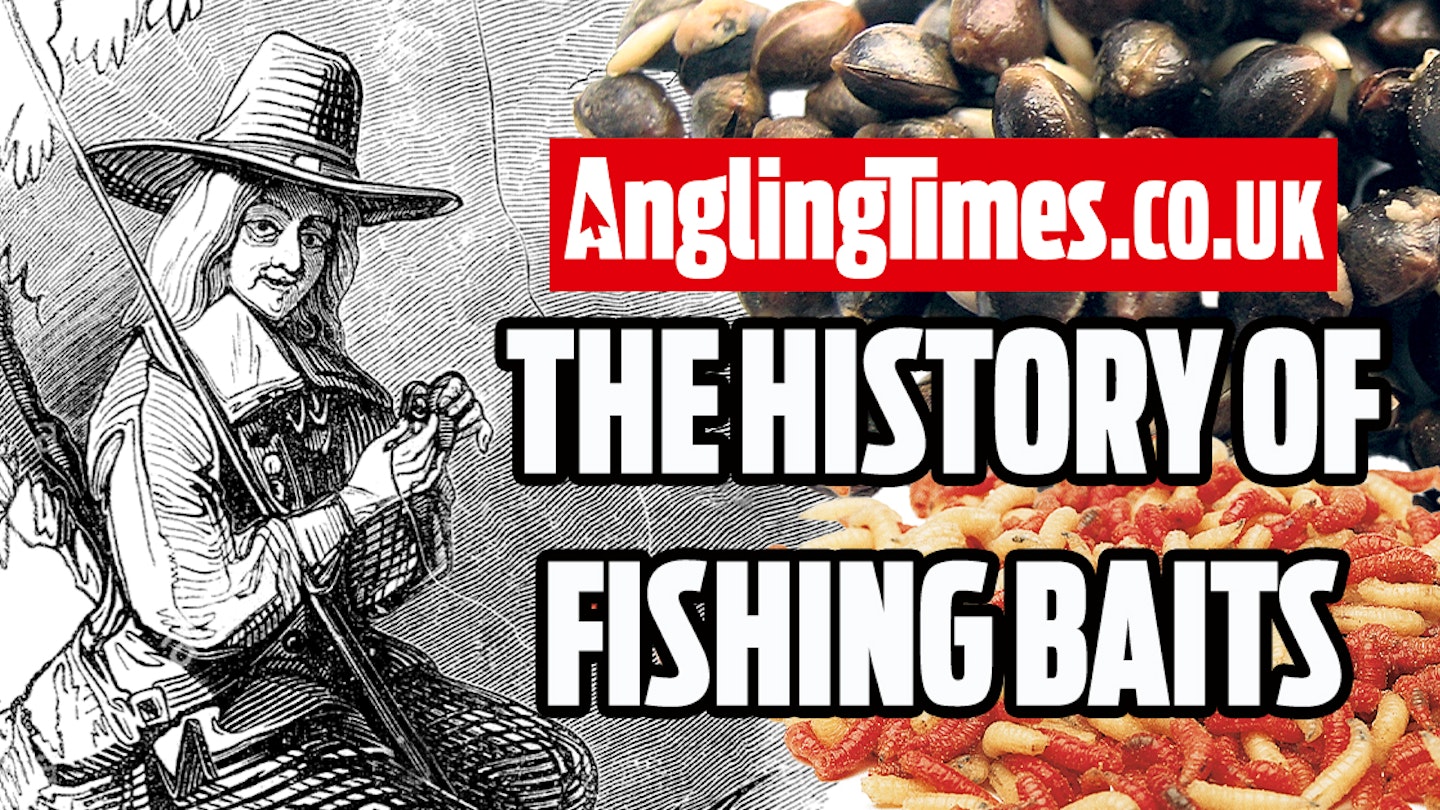Who was the first person to think fish would like corn? Where did pellets come from? How did hemp become a baitbox staple? In this article we uncover the bait pioneers whose footsteps we all walk in...
Maggots
It’s impossible to trace the first use of maggots in fishing, but we can say with certainty they’ve been around for at least 500 years.
They are mentioned throughout the first English-language fishing book, The Treatise of Fishing with an Angle, published in 1496, while Izaak Walton – writing 157 years later in The Compleat Angler – called them ‘gentles’. The ancient practice of leaving an animal carcass on a tree overhanging a river, so that maggots drop into the water, may give a clue to this bait’s discovery.
GET ALL THE BEST TACKLE FOR YOUR NEXT FISHING SESSIONBY CHECKING OUT OUR BUYER'S GUIDES TO RODS, REELS, CHAIRS, POLES, SEATBOXES AND MORE.
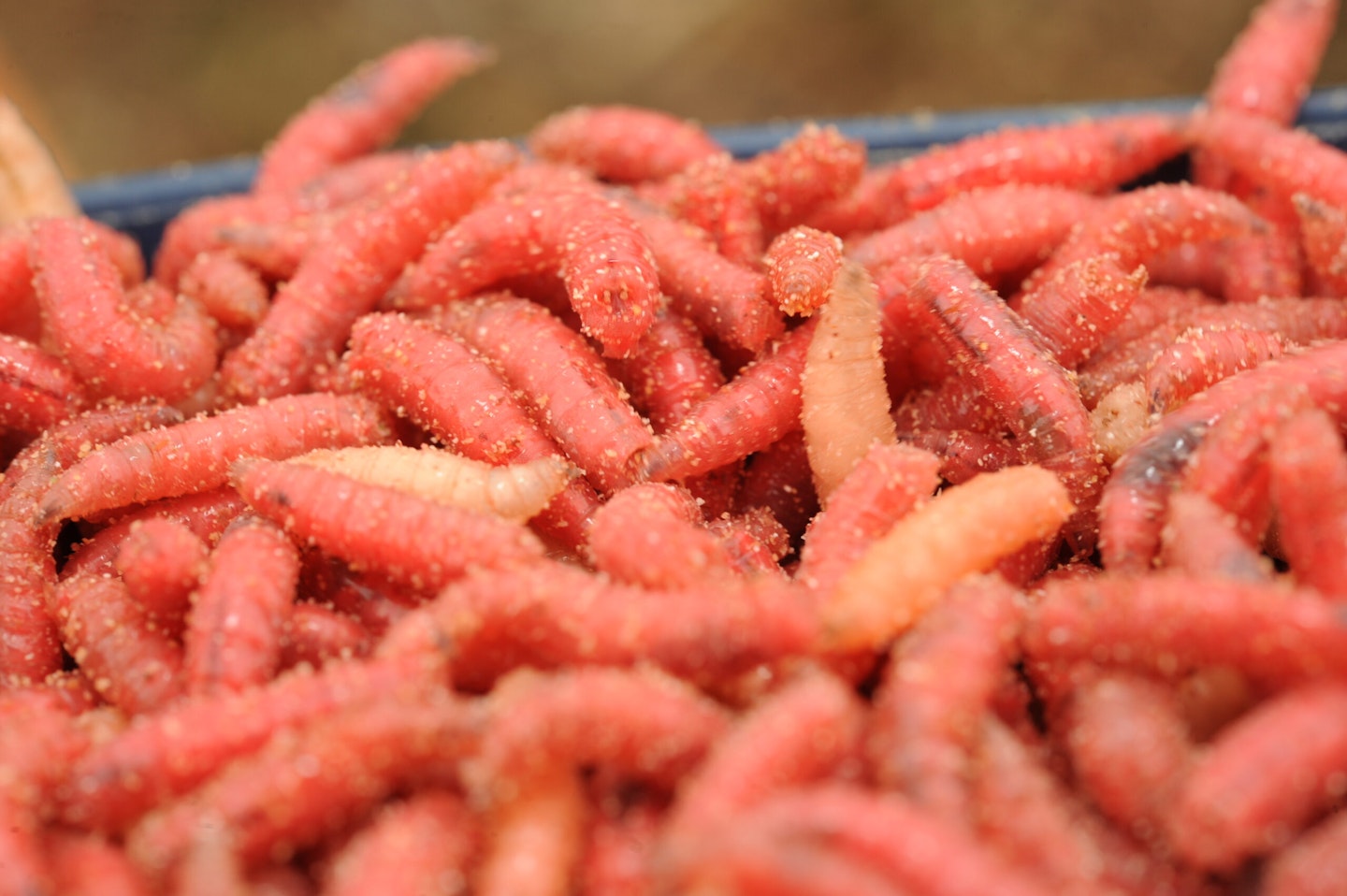
Paste
Like maggots, paste is one of the earliest fishing baits. Izaak Walton’s 17th Century description of making a paste bait for carp may raise eyebrows as to the ingredients, but its binders and methodology seem far from old-fashioned: “Take the flesh of a rabbit or cat cut small; and bean flour; and then mix these together and put to them either sugar, or honey (which I think better); and then beat these together in a mortar, or sometimes work them in your hand; but you must work or pound it so long in the mortar, as to make it so tough as to hang upon your hook, without washing from it, yet not too hard; to better keep it on your hook, you may knead with your paste a little white or yellowish wool.”
GET THE BEST PASTES TO USE IN YOUR FISHING WITH THIS GUIDE.
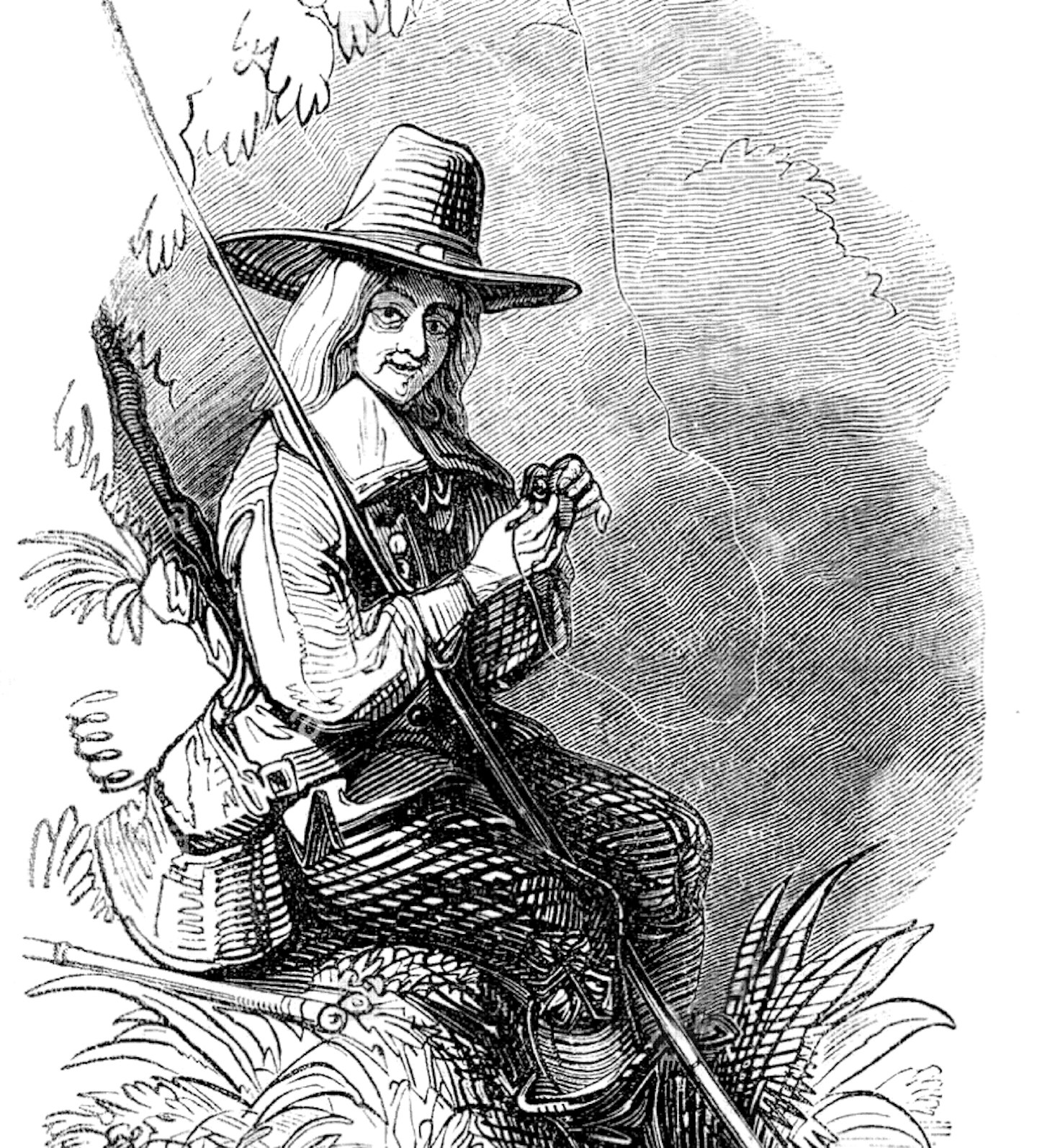
Hemp
We’ve got Belgium and the First World War to thank for the introduction of hemp as a fishing bait in Britain. The war displaced many Belgians, with hundreds of thousands settling in England, many of them in SW London.
The anglers among them brought over their knowledge of the mighty black and white seed, originally used in birdfood. On the Thames in Richmond the Belgians caught so many roach on the previously unseen particle that the spot they favoured to fish from became known by locals as Hempseed Corner.
HEMP IS A SUPERB PARTICLE BAIT. FIND OUT MORE ABOUT GREAT PARTICLE BAITS FOR CARP FISHING IN THIS EXPERT ADVICE ARTICLE.

Pellets
A relative newcomer that’s taken the fishing world by storm, pellets were first produced as feed for trout farms. Before this, captive trout would be fed on raw meat such as that taken from dead horses, but a drive to find a more sustainable and nutritious diet led to the invention of the pellet in the mid to late 1950s.
ARE YOU USING THE RIGHT PELLETS IN YOUR FISHING? FIND OUT MORE HERE.

Sweetcorn
The story goes that Chris Yates stumbled upon the power of sweetcorn by chance in 1972 when he decided to hook on a kernel destined for a bankside omelette at Redmire Pool and began catching almost instantly. Sadly, this romantic vision is not entirely accurate. In a letter to Rod Hutchinson in the 1980s, Chris talks of using corn a season earlier and having “lost confidence in it”.
There’s also evidence of North American anglers using corn for carp in the 1930s and British carp pioneers like Fred J Taylor using maize in the 1960s.
That said, Chris’s flurry of catches on Green Giant in 1972 are certainly responsible for popularising the bait in Britain.
HAS CHRIS YATES GIVE UP FISHING? FIND OUT MORE HERE.
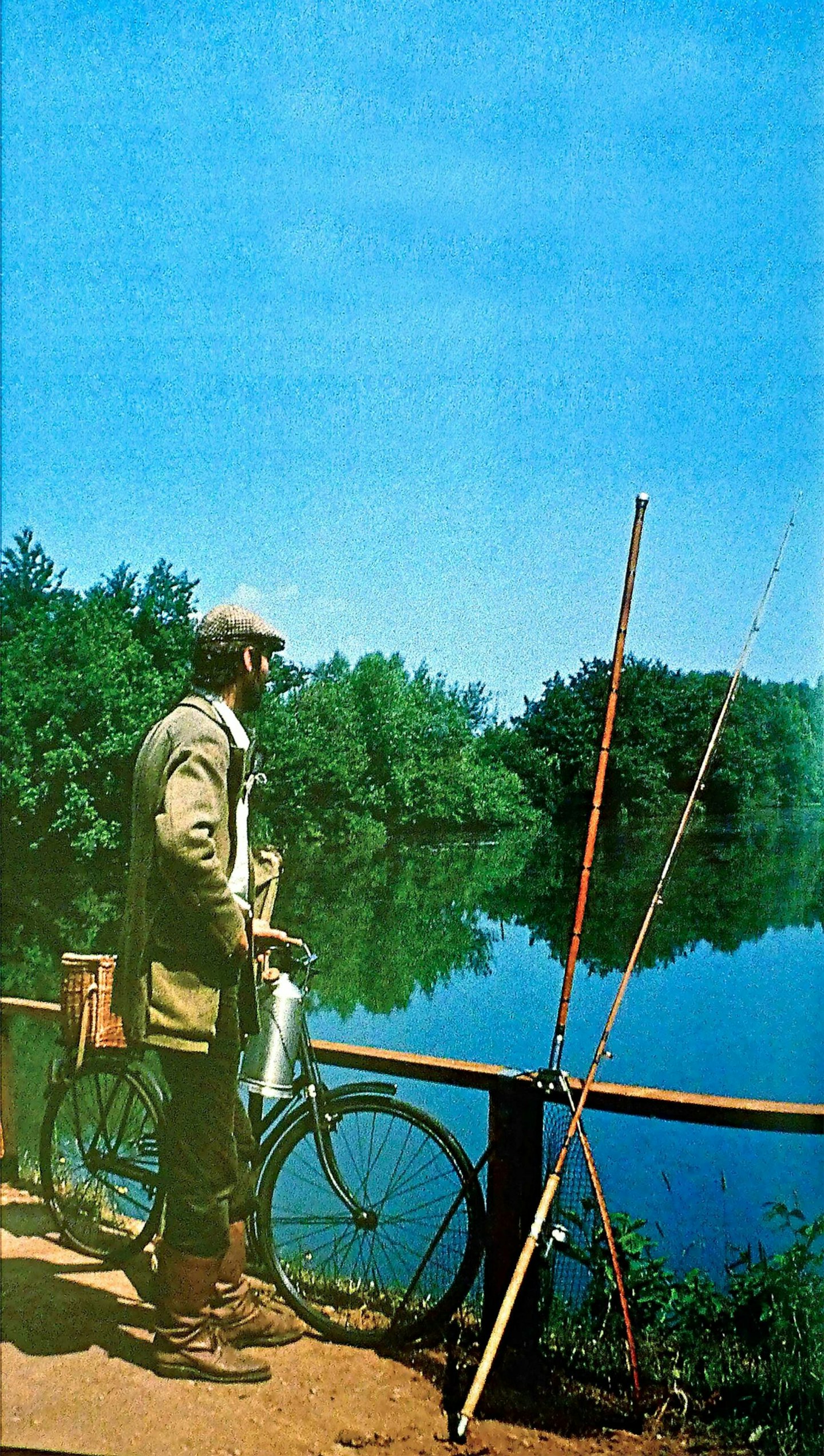
Casters
Another bait discovery widely credited to one man – Benny Ashurst, father of Kevin and a forward-thinking matchman in the 1960s and 1970s. Benny was the first angler to mass-produce sinking chrysalises at his bait farm – with incredible results – but ‘turned’ maggots have been used as bait for centuries.
LEARN MORE ABOUT FISHING WITH CASTERS IN THIS EXPERT TIPS & TACTICS ARTICLE.

Squatts
These tiny larvae of the standard house fly, much smaller than standard maggots, were first used in the North West in the late 19th Century and exploded in popularity after Jack Mason won the All England National using them in 1908.
NEED SOME ADVICE ON FISHING WITH SQUATTS? CHECK OUT THIS TIPS ARTICLE.
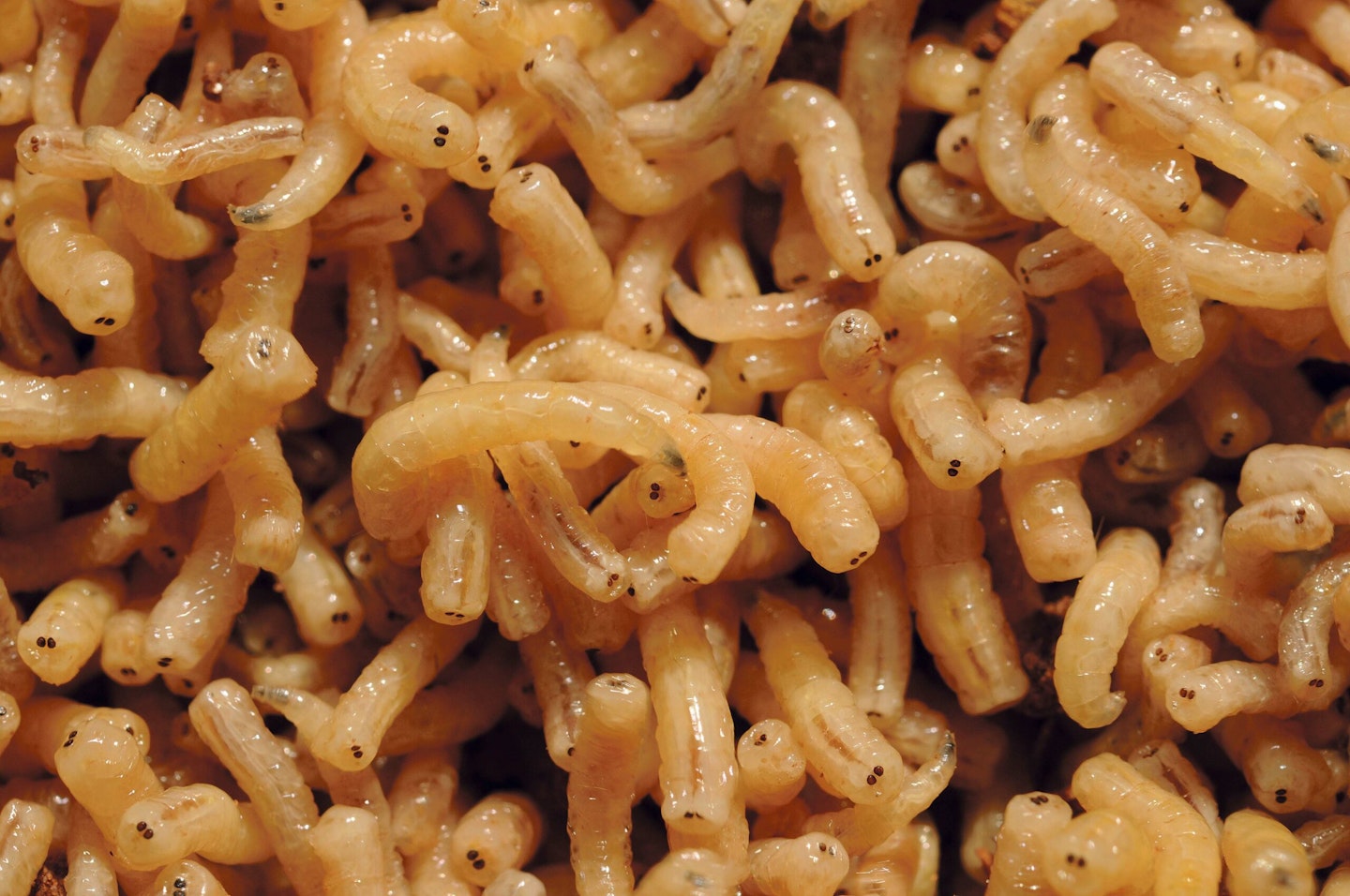
Boilies
Arguably the most complex of modern baits, the genesis of the boilie is arguably fairly simple. Essentially they are just boiled balls of paste, and pastes have been used for centuries. However, it’s Fred Wilton who is generally accepted as the godfather of the modern boilie due to his HNV (High Nutritional Value) theory which involved the use of milk proteins and was first disclosed to the public in 1972. The first readymade boilies didn’t appear until Richworth brought them to market in 1983.
GET THE BEST BOILIES FOR YOUR CARP FISHING IN THIS BUYER'S GUIDE.
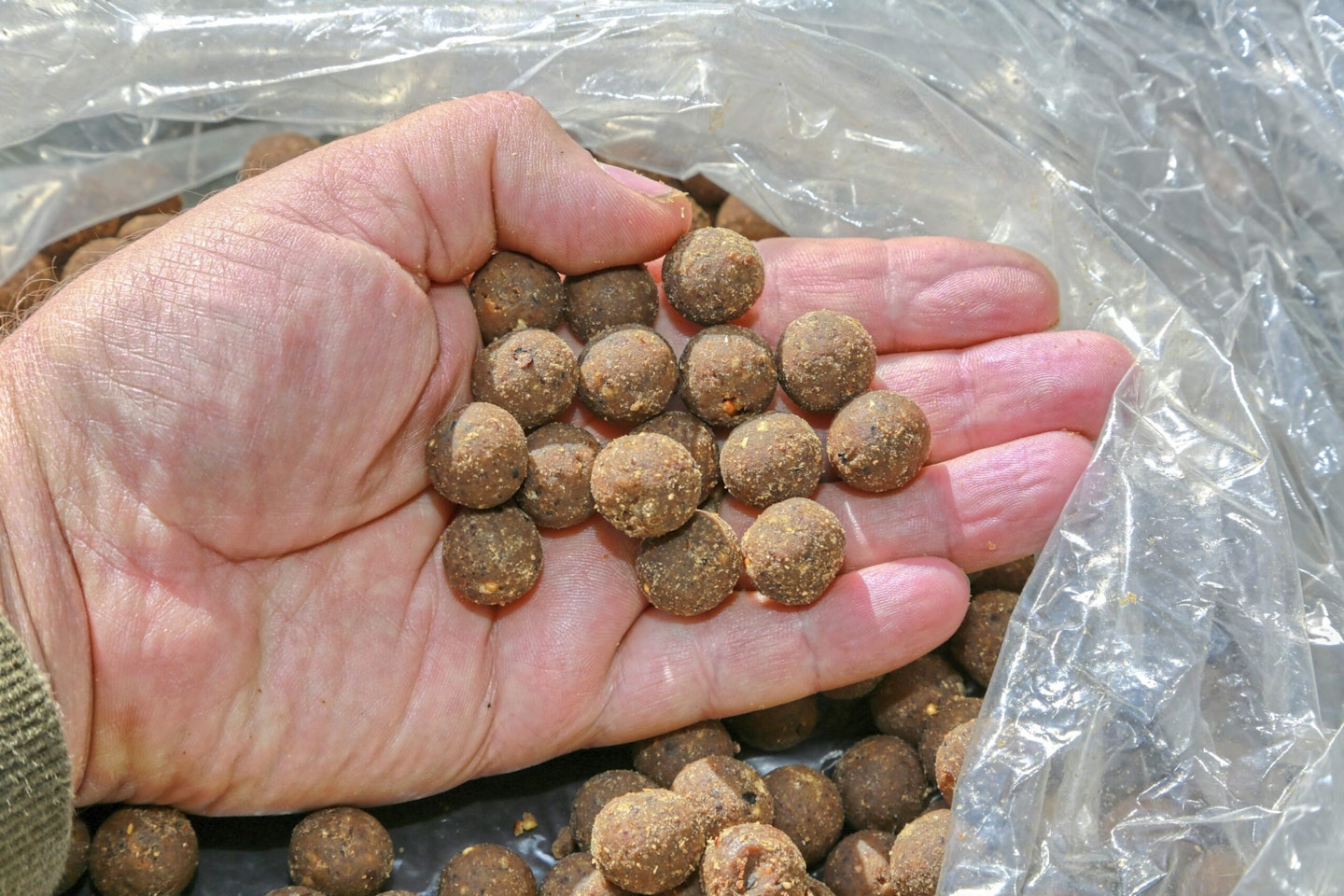
BAITS THAT CAME AND WENT (THANKFULLY!)
Wasp grubs
A bait with origins in the 16th Century, wasp grubs were a deadly bait for chub. Jim Bazley, winner of the All England in 1909 and 1926, was a particular fan. The sweet ‘cake’ that the grubs grow in was used as a groundbait additive too.
Brains
Meaty offal would certainly still catch you many species, but the fall in popularity of brains is probably no bad thing! Popular in the 19th Century, animal brains were often boiled and mashed before being used as bait.
Pith
Another animal by-product, pith is taken from the boiled-up spines of animals such as bulls and oxen.
Greaves
This is a term that appears throughout early books on angling. Similar to pith, it’s the residue left over when rendering offal to separate out the fat.
This page is a free example of the amazing content Angling Times Members get every single week. Becoming an Angling Times Member gives you access to award-winning magazine content, member rewards, our back issue archives, bonus content and more! Join our fishing community and find out more today!
